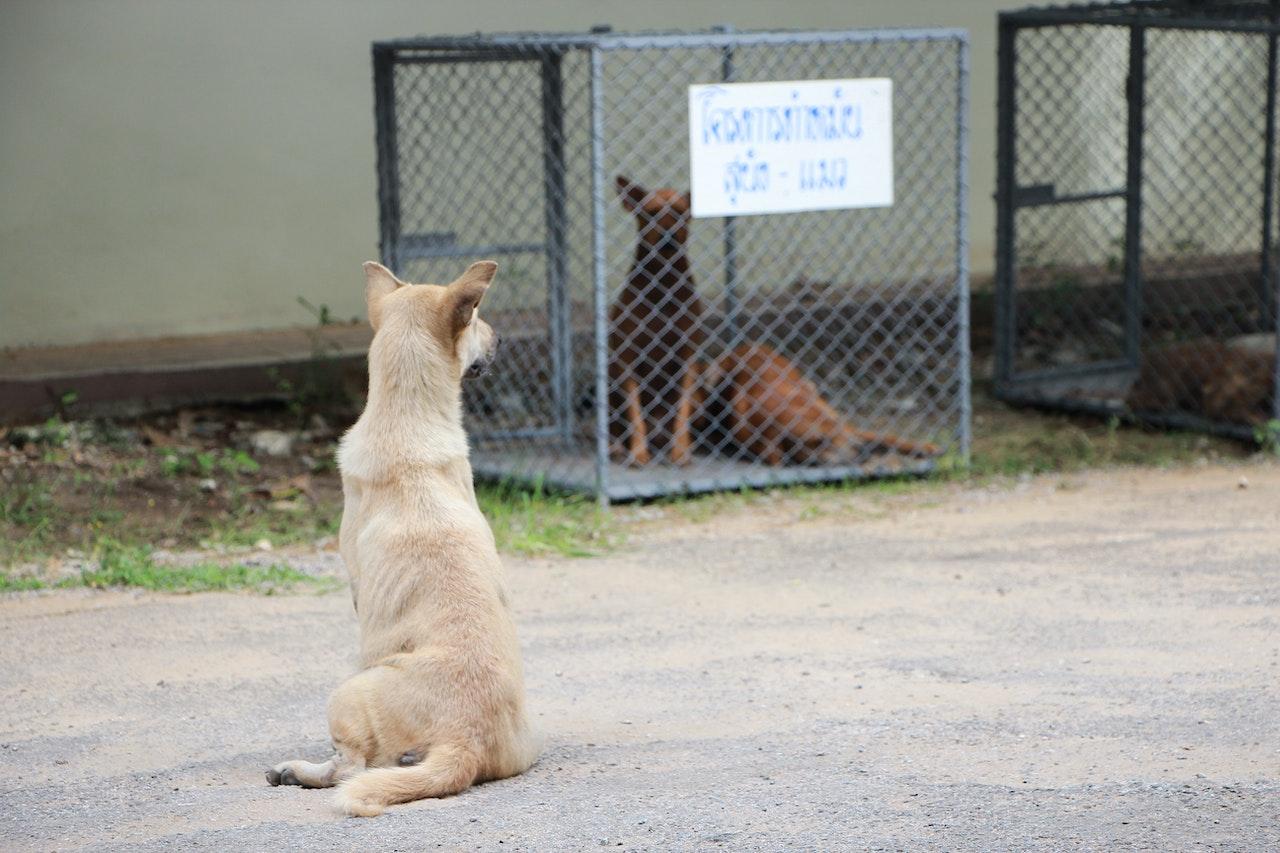FSB, Street No. 22, Punjab, Pakistan
Animal shelters provide temporary care for abandoned animals, ensuring their welfare through food, shelter, medical care, and socialization, while also serving as a community resource.
Animal shelters have existed for ages, with evidence reaching back to ancient civilizations such as Greece and Rome. However, it wasn’t until the 19th century that the modern animal shelter as we know it today began to emerge. Animal welfare organizations started to emerge in the early 1800s, with the main objective of preventing animal abuse and neglect. These organizations often relied on private donations to fund their work and lacked a centralized facility to house animals.
Henry Bergh, the man behind the ASPCA (American Society for the Prevention of Cruelty to Animals), founded the nation’s first animal shelter in 1869. Bergh’s shelter provided temporary housing for stray and abandoned animals and helped to reunite lost pets with their owners. The success of Bergh’s shelter led to the creation of numerous animal shelters throughout the United States and Europe.
In the early 20th century, animal shelters began to focus more on animal adoptions and less on providing temporary housing for stray animals. The rise in pet ownership and the desire to give homeless animals homes were the driving forces behind this change. Animal shelters are becoming an important community resource, providing a safe sanctuary for animals in need of care.
Types of Animal Shelters
There are several different types of animal shelters, each with its own unique purpose and focus. Some of the most common types of animal shelters include:
Open Admission Shelters – Open admission shelters are facilities that accept all animals regardless of their age, health, or behavior. These shelters often have limited resources and may need to euthanize animals due to space limitations or health concerns.
Shelters with tight admittance policies have more resources and are better prepared to handle animals with behavioural or health issues. These shelters may have stricter admission requirements and may work with rescue organizations to transfer animals to other facilities.
No-Kill Shelters – No-kill shelters are facilities that do not euthanize animals for space or health reasons. To aid animals in need, these shelters frequently work closely with local rescue organizations and have higher adoption rates.
Rescue Organizations – Rescue organizations are typically volunteer-based groups that focus on rescuing animals from abusive or neglectful situations. These organizations often work closely with animal shelters to provide care and find homes for animals in need.
Animal Shelter Operations
Usually, volunteers and paid personnel work together to run animal shelters. The staff at an animal shelter is responsible for the day-to-day operations of the facility, including feeding and caring for animals, administering medications, cleaning and maintaining the facility, and handling adoptions.
Volunteers support a number of duties at animal shelters, including walking dogs, socializing cats, assisting with adoptions, and raising money. Volunteers may also help with administrative tasks such as answering phones and processing adoption paperwork.
Animal shelter operations can be challenging, as shelters often have limited resources and face a range of issues, including overcrowding, disease outbreaks, and animal abuse. Animal shelters may face funding and perception challenges as animal care is not always a priority for governments or individuals.
Despite these challenges, animal shelters remain an important resource for communities, providing care and shelter for animals in need while also serving as a hub for education and advocacy on animal welfare issues. Shelters often offer a range of programs and services beyond traditional sheltering, such as low-cost spay and neuter clinics, humane education programs, and outreach to local schools and community groups.
Providing emergency shelter and treatment for animals affected by natural disasters including hurricanes, floods, and wildfires, animal shelters are essential in disaster response. In many cases, animal shelters work closely with local government agencies and other community organizations to coordinate disaster response efforts and ensure that animals are safe and well-cared for during times of crisis.
Conclusion
Animal shelters rescue animals from abuse and neglect, offer pet owners resources and educate and advocate for responsible pet ownership. Animal shelters, despite challenges like limited resources and public perception issues, remain crucial for animal welfare. Through collaboration and innovation, animal shelters can continue to provide care and support for animals in need, while also promoting a more compassionate and responsible relationship between humans and animals.




